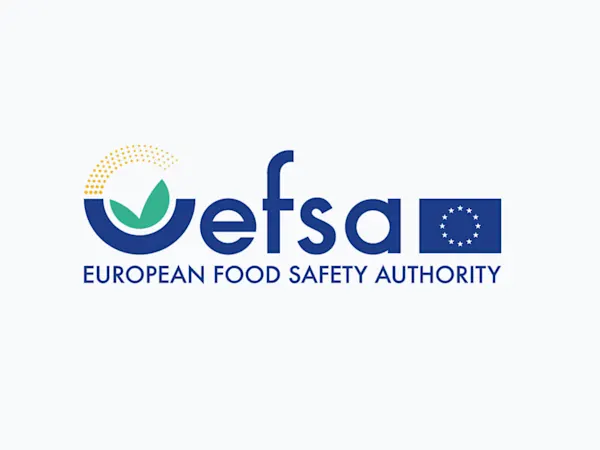
Illinois to Ban Nonbiodegradable Plastic Glitter in Personal Care Products by 2029
Illinois will prohibit nonbiodegradable plastic glitter in personal care products by 2029, impacting manufacturers, retailers, and regulators alike.


The Environmental Protection Agency (EPA) has released final guidance and testing methods for the use of antimicrobial products aimed at combating Legionella pneumophila in cooling tower water systems. The new guidelines outline procedures for evaluating the effectiveness of antimicrobial agents in reducing the levels of L. pneumophila, the bacterium responsible for Legionnaires' disease, which is contracted by inhaling water droplets contaminated with the bacteria.
Legionnaires' disease continues to be a significant public health concern, with nearly 10,000 cases reported in the United States in 2018 alone. However, the CDC suggests the true incidence may be up to 2.7 times higher due to underdiagnosis. Cooling towers, often used in large-scale industrial, institutional, and healthcare settings, have been identified as breeding grounds for L. pneumophila. Poorly maintained cooling towers can lead to aerosolization of the bacteria, increasing the risk of outbreaks.
The EPA’s final guidance comes after a comprehensive review and public commentary period, during which stakeholders expressed the need for standardized methods to evaluate the efficacy of products targeting L. pneumophila. The guidance emphasizes the importance of robust testing to ensure that antimicrobial products effectively reduce the presence of this dangerous bacterium in cooling tower systems.
The EPA’s guidance provides a detailed framework for testing antimicrobial products against L. pneumophila in simulated cooling tower environments. It includes:
In response to public comments, the EPA has refined the testing protocols. For instance, concerns were raised regarding the use of laboratory-grown L. pneumophila cells, which might not accurately reflect the bacteria's resilience in real-world conditions. The EPA acknowledged these concerns but highlighted the difficulty in standardizing methods that replicate environmental conditions exactly. The agency’s test method now incorporates multiple interferents to create a more challenging environment for the bacteria, simulating real-world conditions in cooling tower systems.
The release of these guidelines represents a critical step in ensuring that antimicrobial products are effective in managing L. pneumophila risks in cooling towers. This action by the EPA underscores the importance of proactive measures in preventing Legionnaires' disease, particularly in settings where cooling towers are prevalent.
Entities using cooling towers are encouraged to adopt water management plans that align with the new EPA guidance and ensure that all antimicrobial treatments are used as part of a comprehensive strategy to manage microbial risks.
Foresight continuously tracks 1000s of sources and maps updates to your portfolio:




Illinois will prohibit nonbiodegradable plastic glitter in personal care products by 2029, impacting manufacturers, retailers, and regulators alike.

ChemSec updates the SIN List with neurotoxicants, spotlighting brain-damaging chemicals and urging EU regulators to act swiftly on these hidden threats.

EFSA launches consultation on updating its Weight of Evidence and Biological Relevance guidance, aiming to streamline chemical risk assessment practices.
Subscribe to Foresight Weekly and get the latest insights on regulatory changes affecting chemical compliance.
Free forever. Unsubscribe anytime.
Read by professionals at